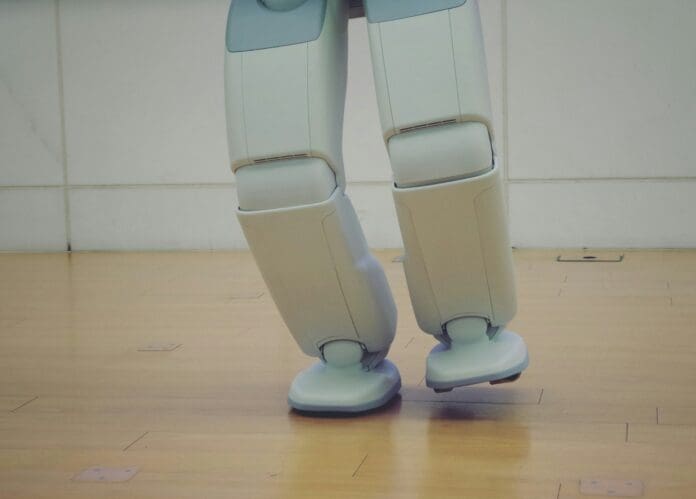This post is also available in:
 עברית (Hebrew)
עברית (Hebrew)
A new platform is pushing the boundaries of robotics design by transforming natural language into functional, 3D-printable robots, with no engineering expertise required. Developed at Duke University, Text2Robot uses advanced artificial intelligence to translate user-written descriptions into physical robot designs, streamlining a process that traditionally required teams of experts and weeks of work.
According to TechXplore, Text2Robot’s capabilities will be unveiled at ICRA 2025 — the IEEE International Conference on Robotics and Automation — set to take place May 19–23 in Atlanta, Georgia. The platform has already received critical acclaim, earning first place in the innovation category at the Virtual Creatures Competition during the 2024 Artificial Life conference in Copenhagen.
At the core of Text2Robot is a sophisticated pipeline that begins with a text-to-3D generative model, producing a robot body based on a user’s input. That model is then refined to meet real-world constraints, including actuator placement, joint function, and component integration. To optimize performance, the system uses evolutionary algorithms and reinforcement learning, ensuring the resulting design moves efficiently and realistically.
This is more than just digital design — it’s practical and fast. Entering a phrase results in a complete robot simulation within an hour. In less than a day, the robot can be 3D printed, assembled, and operational, according to TechXplore. The platform currently focuses on quadrupedal robots, but future versions aim to support more complex forms and even incorporate automated assembly.
Though the robots are limited to basic locomotion tasks for now, such as navigating uneven terrain or responding to speed commands, the development team is already working to integrate sensors and advanced components. These additions could enable robots to climb stairs and avoid obstacles.
Text2Robot is a compelling example of how generative AI can accelerate physical innovation, bridging the gap between imagination and implementation. With a computer, a 3D printer, and a few lines of text, users may soon design and deploy custom robots for education, art, home use, or the field.
As AI and robotics continue to merge, platforms like Text2Robot could fundamentally reshape how we design, build, and interact with machines.
The team’s research was published on arXiv.


























